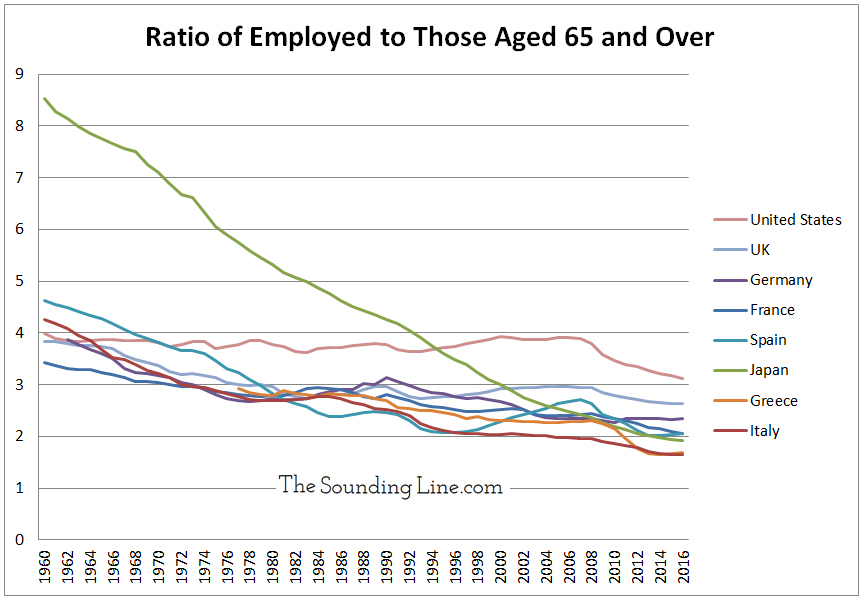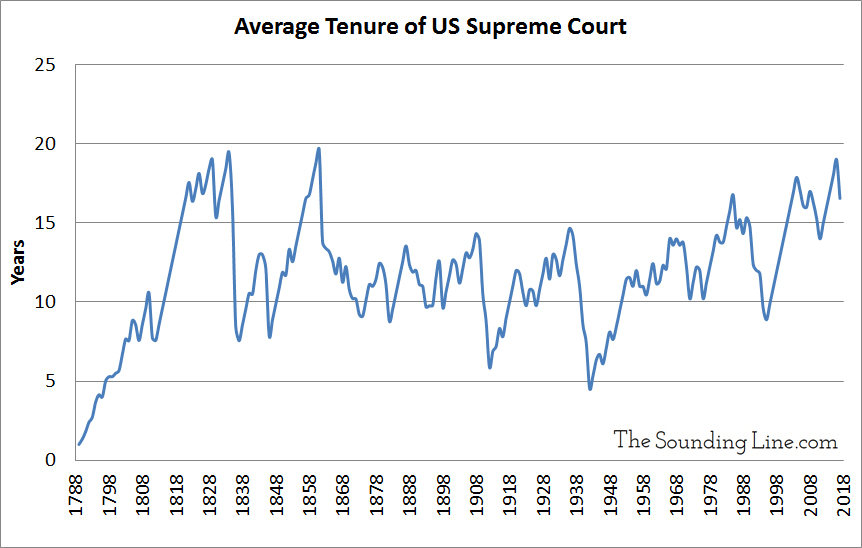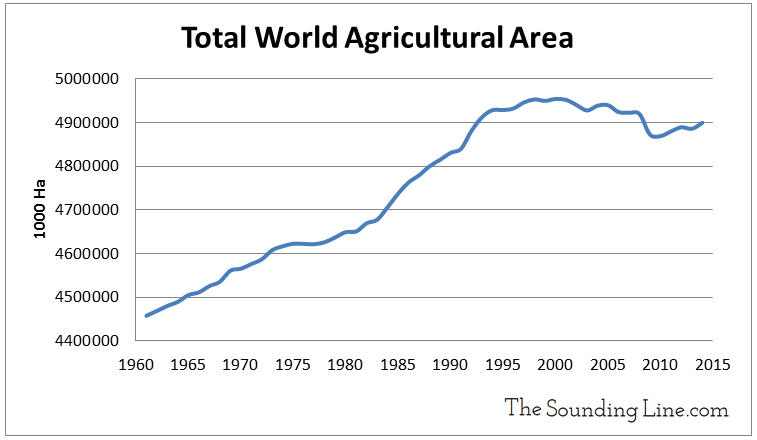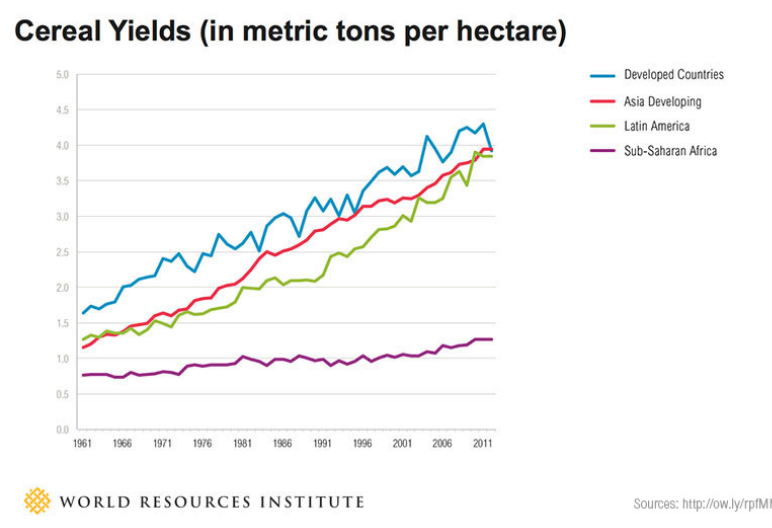Submitted by Taps Coogan on the 3rd of September 2018 to The Sounding Line.
Continuing our series of regional level maps revealing demographic and economic trends around the world (here, here, here), the following interactive chart, from Visual Capitalist, shows the median household income for every county in the US based on data from 2012 to 2016.
County-wide median household income varies by a stunning $106,700 across the US. The wealthiest county (Loudoun, Virginia) earns a median household income of $126,672 while the poorest (McCreary, Kentucky) earns just $18,972.
As can be seen in the map above, the highest earning counties tend to be clustered around major urban areas like Boston, New York City, Washington DC, Seattle, and San Fransisco, where the cost of living is also much higher. There are also wealthy counties throughout much of Wyoming, North Dakota, and northern Nevada. The poorest counties are scattered throughout the country with particularly high concentrations in Kentucky, West Virginia, and New Mexico.
As we have noted on several occasions, despite being in the midst of the longest bull-market in American history, wage growth continues to disappoint. Adjusted for inflation, hourly wages are now lower than this time last year and have been stagnant going all the way back to 1978, as the following chart from the Pew Research Center details.

While the monetary-policy-led economic expansion of the past ten years has been good for those who own stocks, it has left behind the increasing percentage of Americans who don’t own significant financial assets. While there are reasons to believe that accelerating GDP growth and tightening labor markets may finally start to push wages higher, there is a long way to go before the wealth divide of the past decade is bridged.
If you would like to be updated via email when we post a new article, please click here. It’s free and we won’t send any promotional materials.
The post Map of the Day: Household Income in Every County in the US appeared first on The Sounding Line.






















